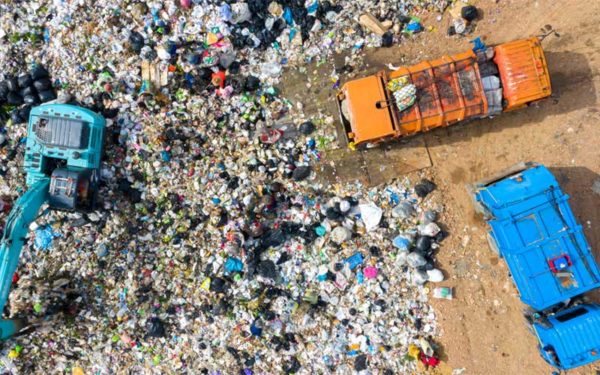
While some New England states are stepping up to protect our water from dangerous PFAS chemicals, there's still more work to do to ensure our water is safe. Photo: Carabus via Shutterstockj
Toxic “forever chemicals” are showing up in water supplies across New England. This dangerous group of chemicals known as PFAS (per- and polyfluorinated alkyl substances) never fully break down in the environment and can harm humans and wildlife, even in small quantities.
Shockingly, no federal regulations exist to safeguard us from PFAS in our water. However, several New England states have stepped up to regulate these chemicals in the absence of national action.
Most recently, Massachusetts released new regulations that will protect drinking water from six known PFAS. The rules also commit the State to continue reviewing its regulation of this class of toxic substances (of which there are thousands in use today).
These new Massachusetts regulations follow similar actions in New Hampshire and Vermont. CLF is pushing every New England state to get these dangerous chemicals under control, and we will keep up the pressure until our drinking water is safe.
Massachusetts Announces New Rules
In late 2018, CLF and several of our partners petitioned Massachusetts officials to push for new drinking water standards that protect the public from the dangers of PFAS.
As a result of our advocacy, the state Department of Environmental Protection will now require public water systems across Massachusetts to monitor for six known PFAS compounds and treat water with unsafe levels of these toxic substances. The new rules also require the state to continuously review its PFAS regulations to keep up with the ever-emerging science on this critical issue.
Progress Across New England
Fortunately, Massachusetts isn’t alone in combatting the threat of toxic PFAS. CLF’s advocacy also pushed Vermont to step up with a new law that requires public water systems to test for and treat five toxic PFAS chemicals. The State also is starting a process to consider regulating the entire class of PFAS chemicals in drinking water – and the public will have the chance to voice their support. Vermont’s legislature has also taken up a bill to protect residents from these dangerous chemicals by banning PFAS in food packaging, carpets, and firefighting foam. The bill also requires manufacturers to disclose children’s products that contain PFAS publicly.
New Hampshire has also issued rigorous standards that regulate four different types of PFAS in drinking water and groundwater across the state. Although PFAS manufacturer 3M filed a lawsuit challenging the state’s PFAS standards (a lawsuit in which CLF, participating as a friend of the court, opposed the chemical giant), the company recently abandoned the suit, meaning the state can now move forward with implementing these needed protections. (We don’t expect that we’ve heard the last from 3M about these regulations, however, so will remain vigilant in ensuring that New Hampshire residents can know what’s in their drinking water.)
Some States Still Lagging
Unfortunately, the outlook isn’t quite as bright in other parts of New England. Rhode Island and Maine have so far failed to take any meaningful action to protect us from toxic PFAS in water.
Rhode Island’s Department of Health has so far failed to combat the growing threat posed by PFAS. Currently, the State is not required to conduct comprehensive testing of drinking water systems for PFAS. And when it does test waster systems, it only takes action if two specific PFAS compounds – out of the thousands produced today – are discovered at very high levels.
What’s more, the State not only denied a petition to set a drinking water standard filed by CLF and Toxics Action Center but also testified against legislation that would require it to protect us from these chemicals. And, while Department of Health officials are currently deciding how to regulate PFAS, they are doing so behind closed doors in secret meetings that include industry representatives, but not environmental advocates or the public. The bottom line: Rhode Island regulators need to do much more to keep our water safe.
It’s a similar story in Maine. The state has been performing limited testing of farms, farm products, and water supplies, which shows additional contamination exists in Maine. In addition, the Legislature passed a law requiring PFAS to be phased out of food packaging, and Governor Mills convened a PFAS Task Force to develop further recommendations for action. Despite these efforts, however, much work remains to be done to protect Mainers from PFAS contamination. The task force released a draft of its recommendations in January, and they fall well short of the bold action needed. We expect the Legislature will consider bills concerning PFAS standards, testing, and reporting requirements in its next session. If enacted, those bills would provide additional public health protections.
What’s Next?
Clearly, there is much more work to do in getting these toxic chemicals out of our water once and for all. We need to start by regulating the thousands of known PFAS as a class and require testing and treatment for all of them in our water. Ultimately, companies must be directed to stop producing these harmful chemicals in the first place. Our legislators and state regulators need to step up and protect our water where the federal government has failed.




